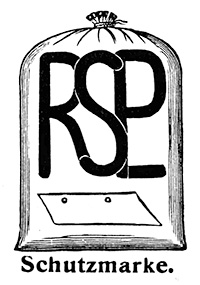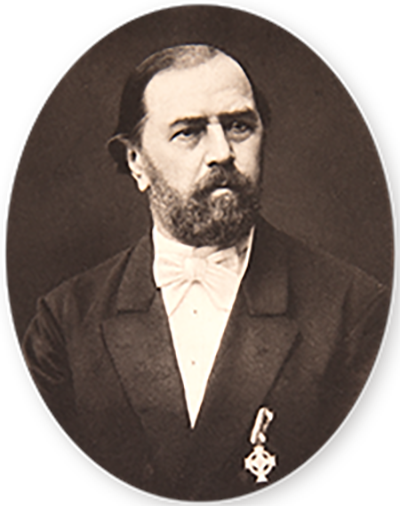200 years of Rudolph Sack
A pioneer of agricultural engineering
Born in 1824, Rudolph Sack was one of the most outstanding personalities in the history of agricultural engineering. Growing up in humble circumstances in Löben near Leipzig, he lost his father at an early age and had to work on his parents' farm as a child. Despite these challenges, he received a solid basic education: in addition to primary school, he received private tuition and lessons in drawing and arithmetic from a surveyor.
At the age of 18, Sack left his parents' business and gained valuable experience as a manager on various estates. He very quickly recognised the weaknesses of the ploughs commonly used at the time, which were difficult to guide and did not turn the soil perfectly. After six years, he returned home and devoted himself intensively to his further education. He attended agricultural events and regularly exchanged ideas with progressive farmers.
Together with a neighbouring blacksmith, Rudolph Sack finally developed a steel plough that ploughed deeper with less tractive force and crumbled the soil better. This innovation required numerous experiments, but the result was impressive: The new cart plough required only half the power, turned the soil more efficiently and was easier to guide and adjust. The farmers in the neighbourhood were delighted, and demand soon grew.
The decisive breakthrough came in 1857, when one of his ploughs reached the estate of Count Bobindky in the Ukraine. The Count was so impressed that he placed a large order for 120 ploughs, followed by a further 80. To meet this demand, Sack travelled to England and had the ploughs manufactured by Garret & Sons.
Following this success, Rudolph Sack founded his own company in Leipzig in 1863. In the years that followed, the company developed into the world's leading plough factory and laid the foundations for ground-breaking innovations in agricultural machinery that continue to set standards today.

